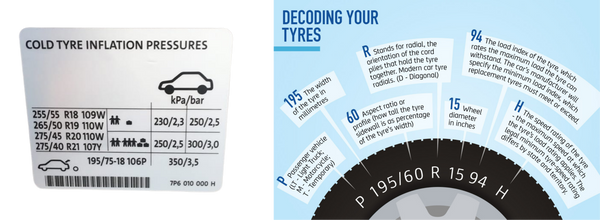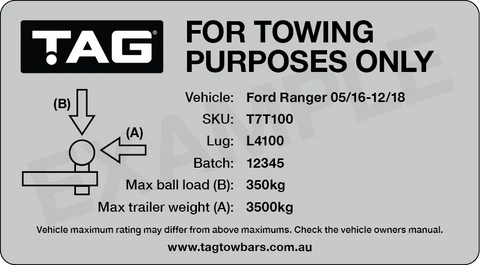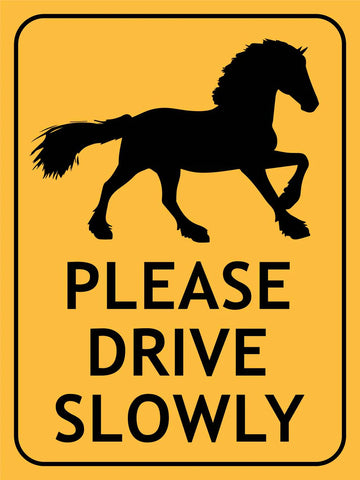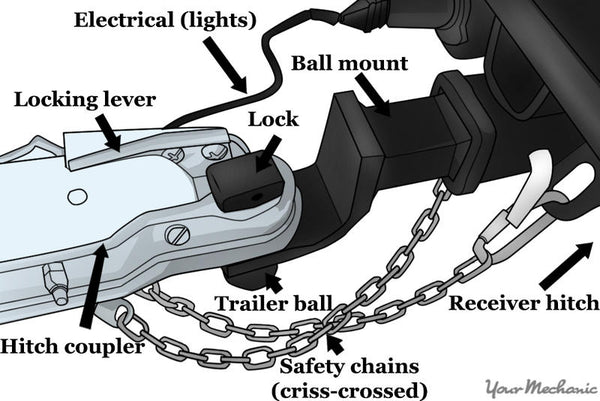#1 CHECK YOUR TYRE PRESSURE
Ensure the tyres on your car and float are adequately inflated. Most cars have a tyre pressure guide located on the inside of the drivers door frame, refer to this guide to ensure you have the correct PSI in your tyres whilst towing.
It is also important to check that you have a spare tyre handy for your vehicle and float, making sure that the spare tyre also has the correct PSI.

#2 CHECK YOUR TOWBAR
It is very important that your towbar is rated to tow the weight of the float plus the load weight. When you hitch your float to your vehicles towbar, be sure to check that the safety chains are properly connected, and that the float is secured on the tow ball.

#3 CHECK YOUR BRAKES
Most horse floats have electric braking systems, check these are set up properly for the weight of the load. You can clean your brake plug with a dust pan brush or balloon pump. Be sure to check that your brake and indicator lights work on the tail gate of your float before departure.
#4 TAKE CORNERS SLOW
It’s important to reduce your speed well in advance before corners and bends. The float load is top-heavy and constantly shifting so a good rule of thumb to follow is, take corners at 10kph under any advisory speed. Advisory speeds are marked with a yellow and black sign. Roundabouts should be approached with extra care, as they are often sloped and off camber, making the turn even more challenging.

#5 LEAVE EXTRA BREAKING DISTANCE
Keeping a safe distance between your vehicle and the vehicle in front is essential for safe driving. Your speed affects the distance you need to stop safely. As you increase speed, you should also increase the distance between your vehicle and the vehicle in front. When towing it is very important to leave extra room for braking as the float will hinder the vehicles braking ability and distance. It is good practise to leave at least double the amount of braking distance you would normally without a load. This can be measured by leaving a 5-6 second gap between you and the vehicle in front.

#6 CROSS YOUR TRAILER CHAINS
Float chains are there to prevent an accident in the event of an attachment failure while towing. They act as a cradle to catch the trailer so it is very important that they are crossed and not attached parallel.




Share:
TO CLIP OR NOT TO CLIP?
Tips for rehabbing horses in confinement